UPS, Teamsters Agree in Principle to Changes with SurePost Delivery
UPS, through meetings with the International Brotherhood of Teamsters, has recently reached a tentative agreement to reduce the size of SurePost packages eligible for delivery through the U.S. Postal Service. This move aims to optimize operations and enhance efficiency in the final mile of package delivery. While specific details have not been disclosed, the agreement holds potential implications for both UPS and its customers.
Read More >
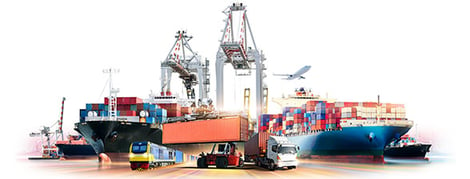
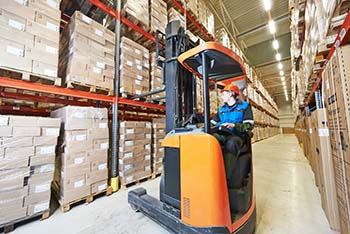 orders. These challenges include investing in warehouse systems, automating processes, managing warehouse space requirements, and staying competitive.
orders. These challenges include investing in warehouse systems, automating processes, managing warehouse space requirements, and staying competitive.  of online shopping, businesses must ensure that they have a reliable and efficient system in place for fulfilling orders. One option is to handle fulfillment internally but outsourcing to third-party logistics (3PL) companies has always been a strong alternative.
of online shopping, businesses must ensure that they have a reliable and efficient system in place for fulfilling orders. One option is to handle fulfillment internally but outsourcing to third-party logistics (3PL) companies has always been a strong alternative.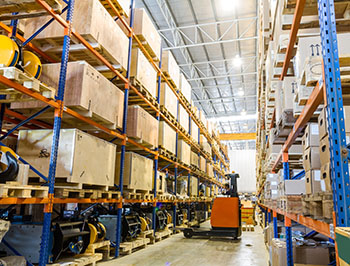 challenge for businesses. This environment is continuing to drive up costs and hurting profitability. We explore the impact of excess inventory on companies and discuss strategies to address this issue.
challenge for businesses. This environment is continuing to drive up costs and hurting profitability. We explore the impact of excess inventory on companies and discuss strategies to address this issue.  their expectations for a strong recovery in the second half of the year. Economic uncertainty and signs of caution from retailers are contributing to this trend.
their expectations for a strong recovery in the second half of the year. Economic uncertainty and signs of caution from retailers are contributing to this trend.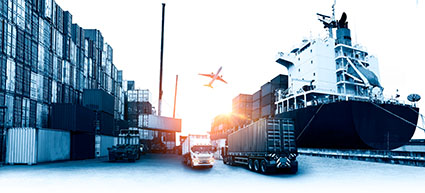 Economically, we are certainly in some grey areas, where even the most intelligent economic minds are unsure of what will happen. Most recently,
Economically, we are certainly in some grey areas, where even the most intelligent economic minds are unsure of what will happen. Most recently, 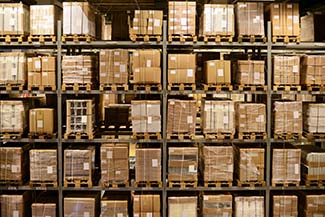 3PLs play an integral part of many ecommerce and wholesale distribution supply chains. But if your company has ever researched costs, you will find that no two vendors have similar models when it comes to storage fees. Understanding how vendors charge for storage can be difficult, especially if you are starved for data.
3PLs play an integral part of many ecommerce and wholesale distribution supply chains. But if your company has ever researched costs, you will find that no two vendors have similar models when it comes to storage fees. Understanding how vendors charge for storage can be difficult, especially if you are starved for data. 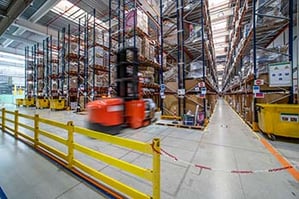 Peak season brings unique supply chain and operational challenges that are not experienced at other times of the year. The need to improve warehouse operations during non-peak times is critical. It can be very difficult to improve order fulfillment during the peak season. However, just because you can’t make changes, it doesn’t mean you shouldn’t be looking for changes to make.
Peak season brings unique supply chain and operational challenges that are not experienced at other times of the year. The need to improve warehouse operations during non-peak times is critical. It can be very difficult to improve order fulfillment during the peak season. However, just because you can’t make changes, it doesn’t mean you shouldn’t be looking for changes to make.
